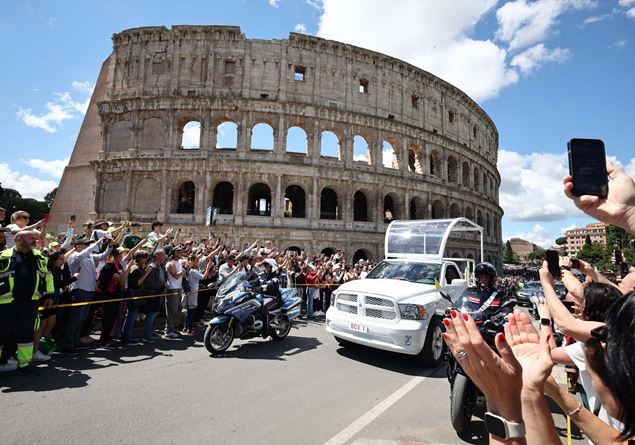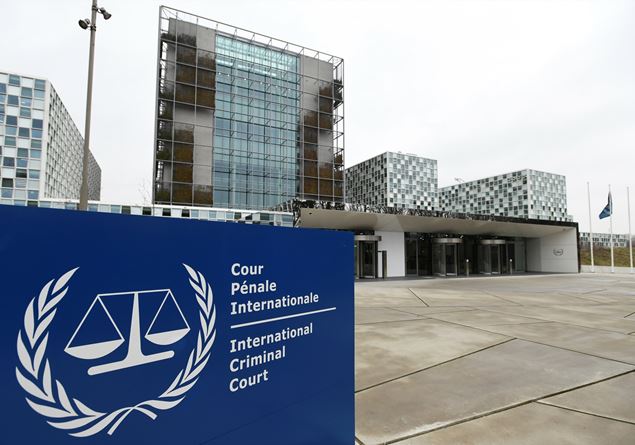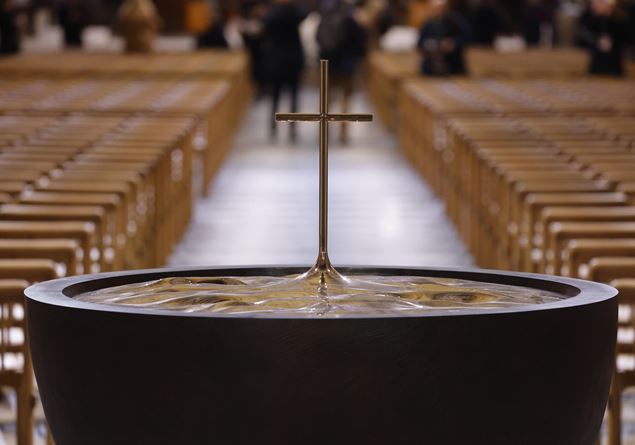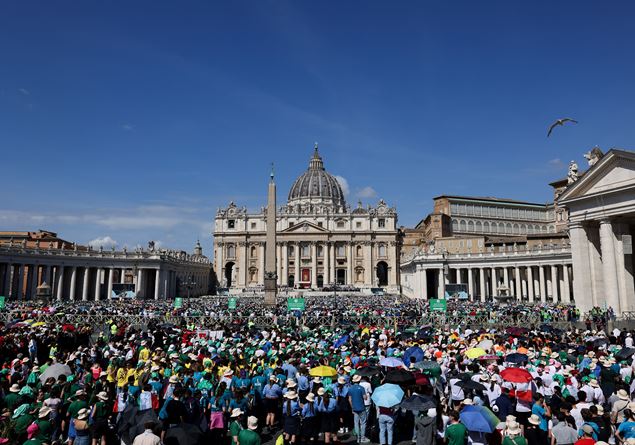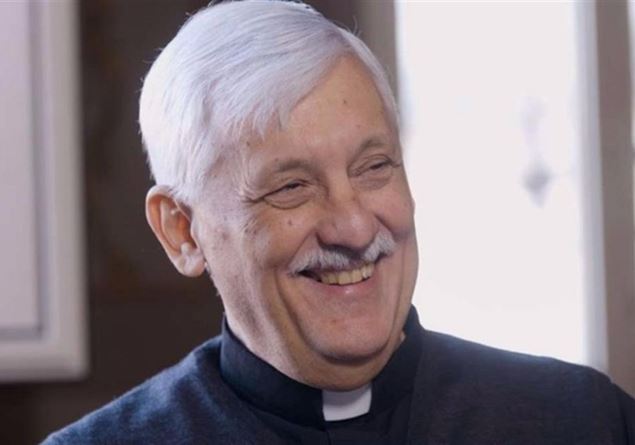“A ridiculous body on which we must investigate”. The words of Maurizio Gasparri, president of the senators of Forza Italia, are only the latest of an avalanche of insults that the government – and the majority that supports him – has been pouring against the International Criminal Court of the AIA (CPI) since he broke out The “Almastri case”. On the other side of the ocean Donal Trump attacks it on the front prohibiting entry to the USA to its members and announcing that she wants to put it under investigation. But if the position of the United States has never been soft towards the Court, our country has instead, always encouraged its institution.
It was precisely Italy that promoted, more than others, the Conference of Rome which, in 1998, sanctioned the birth of the International Criminal Court (Then entered into force, as per the statute, when, four years later, the quorum of the 60 signatory states was reached). The CPI must not be confused with the International Court of Justice (CIG) which, founded in 1945, also took office in the AIA in the Palazzo della Pace. The CIG is the main judicial body of the United Nations with the task of resolving disputes between states and providing consultative opinions to UN bodies on legal issues.
Birth
The idea of an international criminal court was born in the aftermath of the Second World War. In fact, they seemed insufficient, to process the managers of atrocious crimes against humanity, only military or temporary courts. Only years later, and having measured the insufficiency of the short ones to intervene on such serious crimes, the resolution of‘General Assembly of the United Nations 51/207 of 17 December 1996 with which the drafting of the final project is delegated to a diplomatic conference. For the meeting, Italy, which has strongly pushed for the creation of the Court, offers the FAO headquarters, at the Aventine. The conference takes place from June 15 to July 17, 1998 and ends, with a long scrubrous applause, with the approval of the Rome Statute (120 votes in favor, 7 against, 21 abstentions), and with the signature of the final act, open to all 160 participating delegations.
To give the announcement of the approval was the Italian judge Giovanni Conso.
The international public opinion tried by what had happened both in the former Yugoslavia and in Rwanda and the insufficiencies of the temporary courts that were occupying the crimes committed in those countries.
The approval of the Rome Statute had been prepared by a large debate. In 1994 the work of the International Law Commission had led to the drafting of a draft treaty delivered to the United Nations. The UN General Assembly had urged further insights to a “preparatory committee for the establishment of an international criminal court”. Meanwhile, in July 1996, the International Law Commission had completed and sent to the UN the second reading of a code of crimes against the peace and safety of mankind. In light of this contribution, the United Nations Assembly gives a mandate to the preparatory committee to draw up a consolidated text to be submitted to a diplomatic conference of plenipotentiary for the establishment of the International Criminal Court. The text, actually still in the processing phase, is sent to Rome and, in the end, completed and approved.
The Treaty of Rome
The works, on June 15, 1998, open with the inaugural speech of the United Nations Secretary General Kofi Annan and the intervention of the President of the Italian Republic, Oscar Luigi Scalfaro. As President of the Conference, Giovanni Conso is called. It is he who, together with the rest of the presidency, manages to settle the most problematic nodes, that is, the definition of the persecutable crimes and the rules of jurisdiction of the Court. They opposed, in particular, the United States and India risking bringing other countries with them. At the end of the formal vote requested by the United States, which did not be satisfied with the international practice of simple consent, the text exceeded the qualified majority reaching the 120 preferences out of 148 voting states. The seven against were the United States, China, India, Israel, Türkiye, Philippines and Sri Lanka. Russia approved the statute although then it did not ratify it.
At the end of the vote Kofi Annan declared that “the institution of the Court is a gift of hope to future generations, and a huge step forward on the path towards universal respect for human rights and the law”. The International Criminal Court had become a reality.
What it foresees
The Rome Statute defines the crimes of genocide (art.6), the crimes against humanity (art.7), and war crimes (art. 8) and, after the Kampala revision conference in 2010, also the Aggression crime (art. 8-bis) When an unjustified attack on the sovereignty of a state occurs. The Court has a so -called complementary function, that is, it acts only if the states “do not want or cannot” exercise jurisdiction, or by lack of will or for inability of the state itself. There are no processes in default for which the prerequisite necessary to start the process is the capture of the fugitive.
The prosecutor’s office (OTP) deals with investigations on the cases submitted to him by the States, the UN Security Council or by simple citizens. If the investigation begins on its own initiative, it must be authorized by the preliminary chamber. Investigations, checks and test collection can take several years.
As they said, it came into operation on July 1, 2002 when the 60 ratifications requested by the same treated for its entry into force were reached. In January of this year, the states of the world that recognize the Court are 125.

